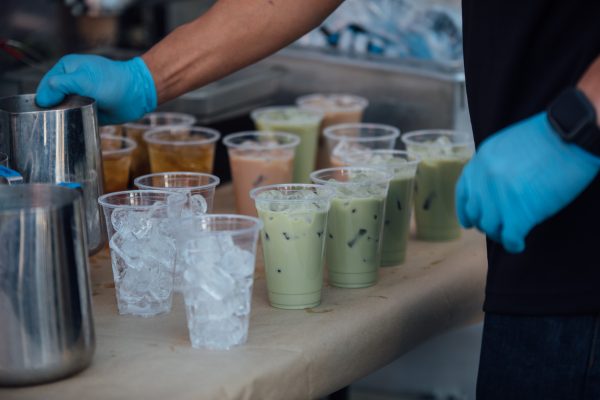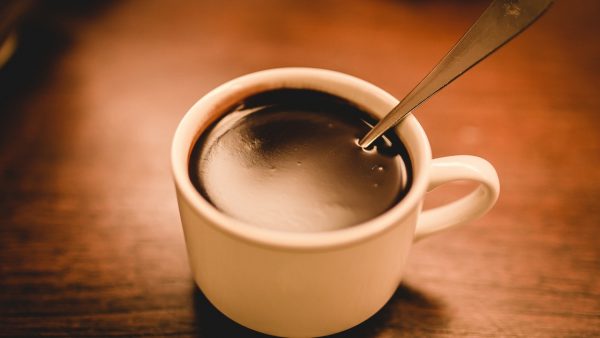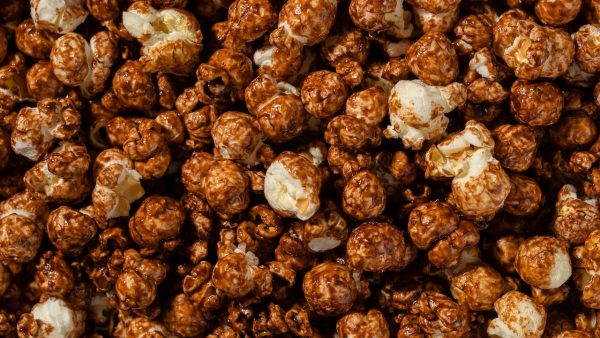Today’s milk tea specials are…
- Less Sugar Please
- Low Fat For Me
- I’ll Skip the Extra Calories, Thanks
Milk tea is delicious—obviously. Milk tea is deliciously evil—can be. Frankly, it depends. For it to be pegged as “healthy” rather than “sinful,” alterations must be made. Mind you, the changes do not exempt any variation of milk tea. Yes, even powdered milk tea will have to go through these!
The adjustments and substitutions are reflected in none other than the ingredients used to make your favorite milk tea. For example, your Chemag Taro can offer more health-giving benefits when you experiment with using a different type of mixer. Perhaps your refreshing glass of Chemag Matcha will have more perks health-wise when you consume it with less additives like sinkers.
Get ready to bid adieu to weighing what’s heavier—the scrumptious drink you just chugged or the shame you feel afterwards. Here are simple ways to ensure your milk tea experience is guilt-free.
Less Sugar Please
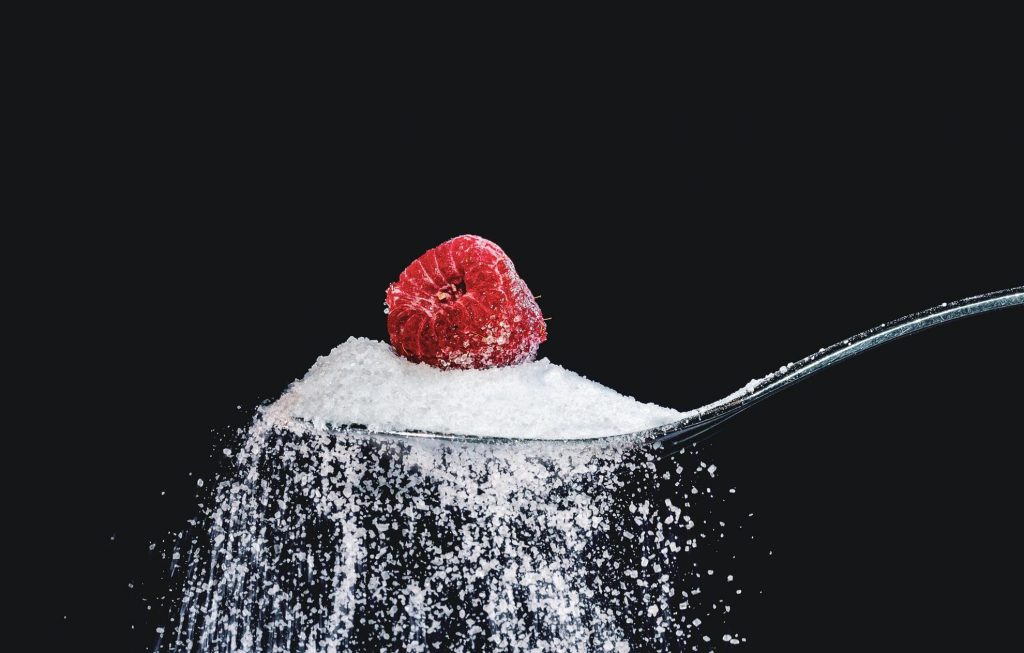
Before anything else, let’s get this straight: sugar is not bad, but too much is detrimental. And that is exactly why milk tea and powdered milk tea often receive a bad reputation. For a better idea, take a medium-sized Boba milk tea. Usually containing 2 cups, each contains a whopping amount of 8 teaspoons of sugar already. Still not convinced that’s too much? The American Hospital Association or AHA, a national organization for various health care networks, recommends only 6 teaspoons for women and 9 at most for men.
The former is important to take note of because your milk tea already constitutes for your DRV (daily recommended value) if you’re a woman and nearly satisfies it if you’re male. And most likely that drink is not the only food with sugar that you’ll be consuming for the day. If one medium-sized drink already exhausts your daily allotment of sugar maybe it’s time to rethink what you consume.
No, the key is not to eradicate sugar all together. To do so would mean to take out the soul of this saccharine beverage. The key is in reducing the amount of sugar added. Come to think about it, this concept is not new nor groundbreaking. Visit your local Boba merchant and they’ll most likely ask what sugar level you prefer. This is because the market has changed over time. More and more are becoming better informed of the harmful effects of consuming excessive sugar.
It can lead to numerous diseases like diabetes and cancer and also add to the amount of visceral fat you have. In addition, you may also suffer from acne and look older sooner because of accelerated cellular aging. So, choose: sugary scrumptious milk tea or wrinkles? The latter seems like the better choice.
Low-Fat For Me
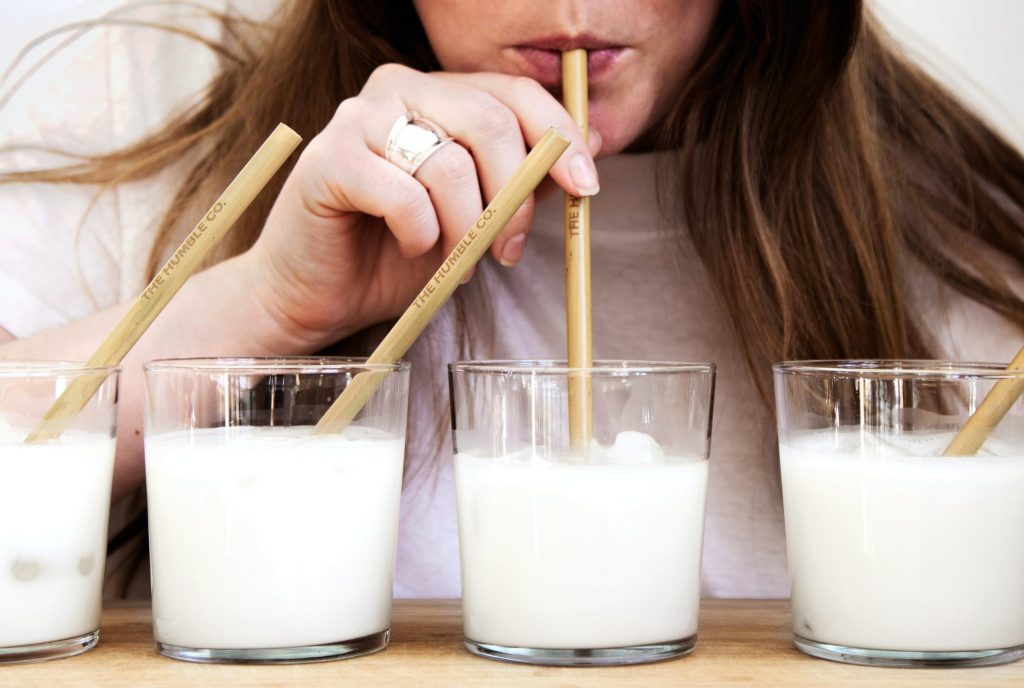
Perhaps you’re secluded to only thoughts of heaps of sugar when it comes to identifying what makes milk tea potentially harmful. Did it ever cross your mind though that the main component used to mix everything could also be damaging your body? Yup! Chemag’s talking about none other the better half of tea in this product: milk.
Many are so accustomed to drinking whole milk since they were young. Children are often prodded by parents and elders that consuming a glass a day is necessary for stronger bones and enviable height. Well, they are not wrong there. However, whole milk contains a lot of calories and saturated fat. While adults are more susceptible to these diseases, the saturated fat can later on influence heart complications and stroke caused by high cholesterol.
For these reasons, the emergence of “green” milk tea shops or even powdered milk tea have garnered traction over the years. They patronize the use of milk base alternatives and offer choices like low-fat milk, oat milk, almond milk and more. Chemag Matcha with soy milk? Sounds delectable!
Just for clarity, here’s a comparison to ponder on. 1 cup of low-fat milk contains only 2.5 grams of fat and 100 calories. On the other hand, 1 cup of whole milk contains 8 grams of fat and 150 calories.
I’ll Skip the Extra Calories, Thanks
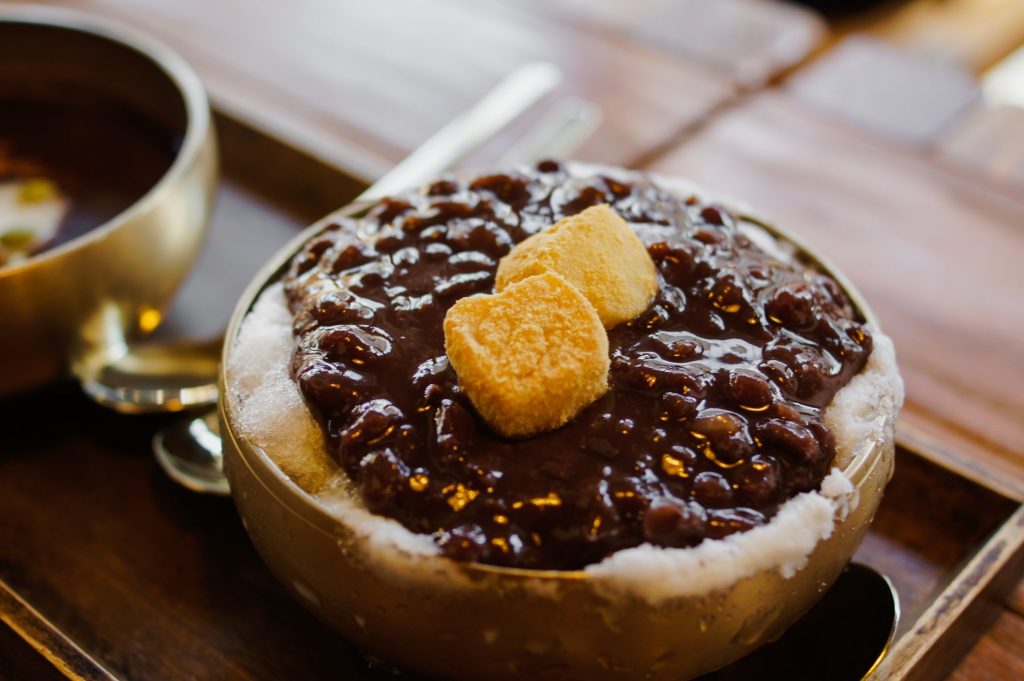
Earlier on, it’s already been settled that the average milk tea usually contains a lot of sugar. However, that sugar is not only found in the literal sugar mixed in, but also in additives like sinkers and syrups. Are you suddenly getting flashbacks of what you ordered before? Yes, Chemag is pertaining to your milk tea topped with cream cheese and caramel drizzle with extra pearls!
Milk tea is already a calorie dense beverage as it is. Try to refrain from adding more and more. While it is surely fun to chew different textures while slurping the milk tea, it adds up your calorie count and also increases your sugar intake. Both of which are known to have potentially harmful side effects to your health.
OTW to the Healthier Route
So, remember, the next time you order your favorite milk tea, take the healthier route. Try it with less sugar and experiment with what milk variant suits your taste. To reiterate, calories and sugar are not the enemy. A problem only arises when they are consumed excessively. So, drink moderately and savor the milk tea’s goodness while doing so!

